Untangling Femininity: How Girls Reproduce and Resist Restrictive Norms

“Who run the world? Girls.” [i] Beyoncé, Malala Yousafzai, and Wall Street’s ‘Fearless Girl’ all point to a sea change in how young girls are seen in the popular imagination. No longer shown only as damsels in distress, girls are increasingly portrayed as heroines, capable of saving us from complex global challenges. As complexity begins to emerge in girls’ narratives, we need theory, research, and interventions to follow.
“Contested Femininity: Strategies of Resistance and Reproduction Across Adolescence in Northern Uganda,” published in Culture, Health & Sexuality does just that: it shows us the complex reality of girls’ lives and the decisions they make on the journey from girlhood to adulthood in the patriarchal context of post-conflict northern Uganda.
The article draws from ten life stories of 10 to 19-year-old girls, told at several points in time as part of research conducted between 2012 to 2014 for the six-year Gender Roles, Equality and Transformations project in northern Uganda. In this blog post, the authors of the article share what we consider to be the most important implications for research, theory, and practice.
Research: Learning to Tell Many-Dimensional Stories
We were amazed by the complex ways that the young girls whose stories we share express femininities. By telling their stories, we participate in the ongoing work to avoid what Chimamanda Ngozi Adichie calls “the danger of a single story.”[ii] Through our research, we learned that each young girl whose story we tell developed her own multifaceted ways of upholding and subverting accepted femininity. We identified what the literature calls “regulated liberties,” strategies that are culturally acceptable on their face, but subversive in some way. A simple example is how some of the pregnant girls were able to negotiate with their parents and partner for a formal marriage and use it to further their own goals. On the surface, this adheres to marriage norms, but for many of the girls, a formal marriage was a strategy to accumulate the social capital that comes with the status of wife and mother. Explicit acts of resistance may be easier to spot, but our article shows that small acts of resistance and the small gains they afford are no less significant, and should be acknowledged, appreciated, and built upon.
Theory: Rounding Out Gender Systems
Theories of gender hegemony — simply explained as the socially-accepted qualities of masculinity and femininity that interact to support the dominant position of men in societies — have tended to focus more on masculinity than femininity. If you search for scholarly articles on the subject, as we did, you’ll find that only a tiny proportion mention hegemonic femininity compared to masculinity. Our article begins to fill this gap, showing how girls learn to be feminine in different arenas of their lives, in relation to masculinities, and across the key girl-to-young-adult years of their lives. This is an undertheorized area, especially as it plays out in the low-resource, post-conflict contexts these girls live and grow up in. We explored how girls accumulate social capital (by being an obedient daughter or having their first child) and lose social capital (experiencing an assault or an unplanned pregnancy). Crucially, it allowed us to see how they channeled that social capital or compensated for its lack to strive for their own goals.
Practice: Making Theory and Research Count Where It Matters
So, how do these results contribute to understanding the ways that femininity is resisted and reproduced? Our research showed that girls can subtly resist prevailing femininities, including through the regulated liberties we described above. In addition, our work allowed us to build on theories of how girls use social capital at different points in their lives to resist oppressive norms. Behavior change implementers who look to social capital as a potential leverage may find effective strategies to increase girls’ agency while minimizing backlash. Interventions employing these strategies during key moments in girls’ lives might result in very real—if very small—positive shifts for girls’ agency, well-being, and health. Based on our study, we offer this guidance to programs which seek to empower girls:
- Trust and involve the local actors who deeply understand the context you’re planning on working in and the gender norms you wish to address, and,
- Remember that incremental progress is still progress. Small shifts and small acts of resistance can make a meaningful difference.
The girls involved in our study lived complex lives, and the stories they shared with us are rich with meaning. We believe that the global development field is strengthened when researchers, theorists, and practitioners unite to center their efforts on the multifaceted lived experiences of the people we serve.
[i] Carter-Knowles, B. 2011. “Run the World (Girls).” Performed by Beyoncé. Accessed 12 February 2020. https://www.youtube.com/watch?v=VBmMU_iwe6U
[ii] Adichie, Chimamanda Ngozi. 2009. “The Danger of a Single Story.” TED Talks. https://www.ted.com/talks/chimamanda_ngozi_adichie_the_danger_of_a_single_story
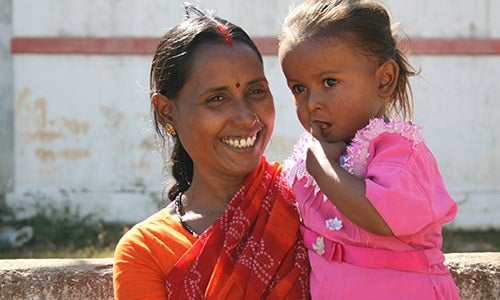 Where We Work
Where We Work 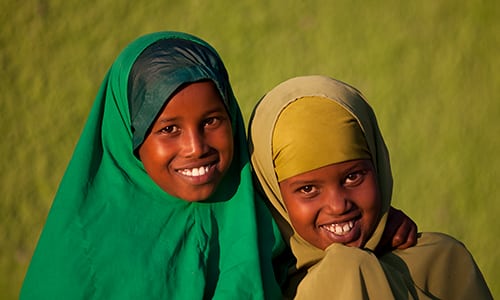 Press Room
Press Room 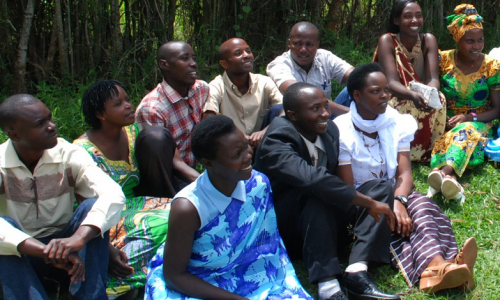 FACT Project
FACT Project 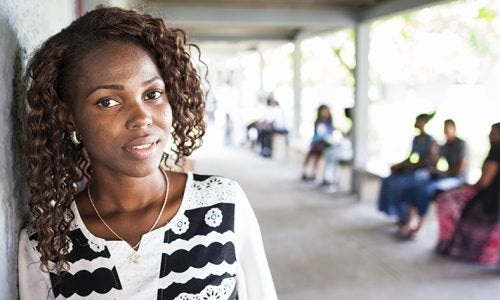 Passages Project
Passages Project  Learning Collaborative
Learning Collaborative  Search All Resources
Search All Resources 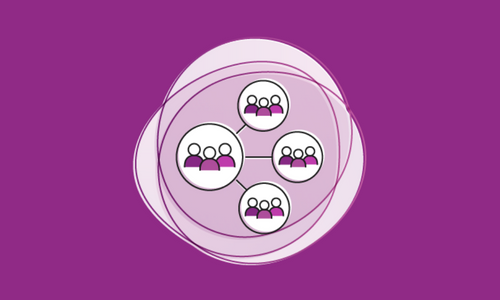 Social Norms
Social Norms 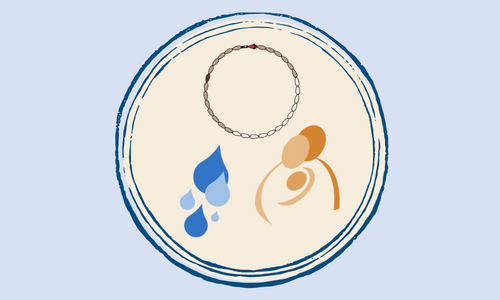 Fertility Awareness Methods
Fertility Awareness Methods